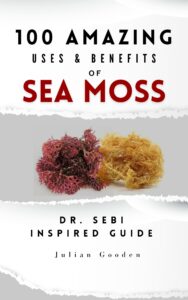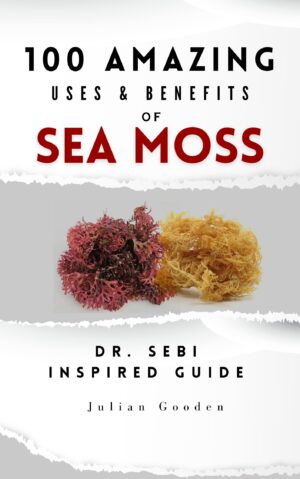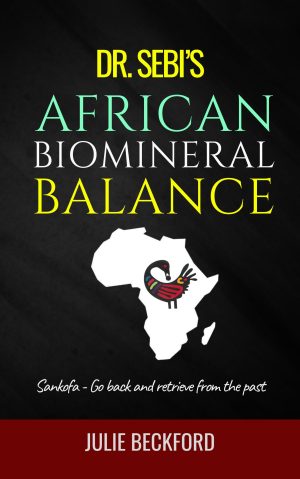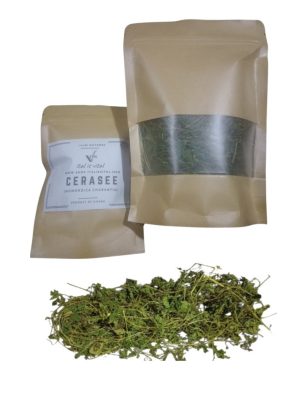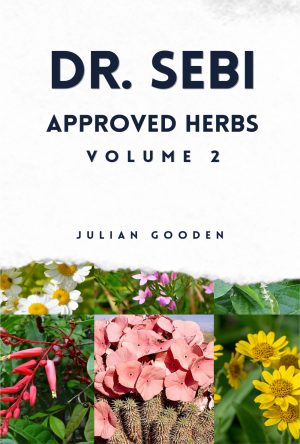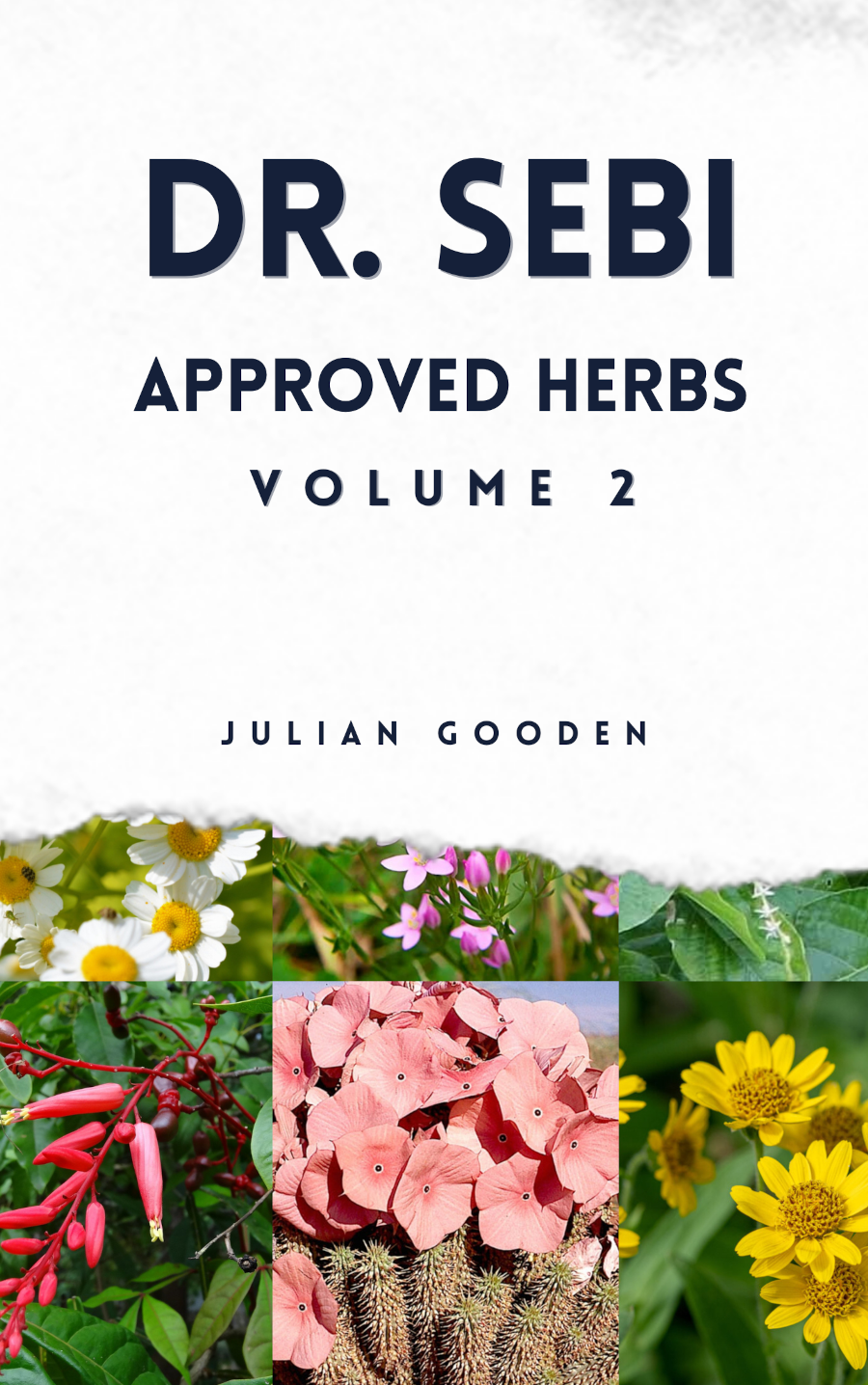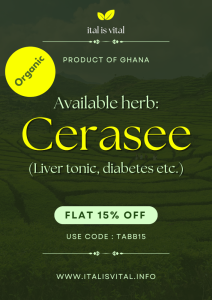Dr. Sebi’s Iron Plus formula stands as a testament to his profound understanding of the pivotal role iron plays in sustaining optimal health, particularly for individuals of African descent who often face iron deficiency. Dr. Sebi emphasized the significance of iron, underscoring its crucial role in supporting the well-being of the blood, brain, and central nervous system.
Here is a list of the herbal formulas for Iron Plus, both the older formula ingredients listed and a later list of ingredients (Cardo Santo = Blessed Thistle; Hombre Grande = Quassia; ).
Dr. Sebi’s Iron Plus
OLD FORMULA
Main Ingredients:
– Cardo Santo
– Contribo
– Hombre Grande
– Bugleweed
– Governadora (Chaparral)
NEW FORMULA
Main Ingredients:
– Chaparral
– Blessed Thistle
– Contribo
– Quassia
– Ortiga
– Bugleweed
Suggested dosage (as listed on the product): 2 Tbsp in AM and PM
Purpose (as listed description in relation to the product): Iron Plus offers enhanced iron-rich nourishment for the blood, brain and central nervous system. It is designed to fight inflammation, purify and strengthen the entire system.

Here are some of the potential medicinal benefits associated with the ingredients use in the ‘Iron Plus’, along with their scientific names:
-
Cardo Santo (Silybum marianum):
Medicinal Benefits: Known for its liver-protective properties, it is often used to support liver health and may assist in liver detoxification. pharmacological studies showed that Cnicus benedictus possessed antimicrobial, cytotoxic, anti-inflammatory, wound healing, enhancing digestion and increasing bile secretion. (Ali Esmail Al-Snafi)
-
Contribo (Aristolochia trilobata):
Medicinal Benefits: Traditionally used in herbal medicine, contribo is believed to have anti-inflammatory and diuretic properties. A. trilobata is an antinociceptive species. It has been used for various purposes, including addressing urinary issues.
-
Bugleweed (Lycopus virginicus):
Medicinal Benefits: Bugleweed is often employed for its potential calming effects and is traditionally used to address conditions such as hyperthyroidism. It may have mild sedative properties.
-
Chaparral (Larrea tridentata):
Medicinal Benefits: Chaparral has been traditionally used by Native American communities for various purposes. It is believed to have antioxidant properties and may support the immune system. Scientific research has revealed its beneficial effects—antioxidant, antitumor, neuroprotective, regenerative, antibacterial, antiviral, antifungal, anthelmintic, antiprotozoal and insecticidal—although reports indicate that some compounds in Larrea tridentata may be hepatotoxic and nephrotoxic. (Ana Lizet Morales-Ubaldo etal.)
-
Blessed Thistle (Cnicus benedictus):
Medicinal Benefits: Blessed Thistle is known for its potential digestive and appetite-stimulating properties. It has been historically used to support digestive health.
-
Quassia (Quassia amara):
Medicinal Benefits: Quassia is known for its bitter taste and is traditionally used as a digestive aid. It may also have anti-parasitic properties and has been used in traditional medicine for various purposes. Quassia amara contains a high concentration of quassinoids & their derivatives, which can be utilised to cure a variety of ailments. (Acharya Balkrishna etal.)
-
Ortiga (Urtica dioica):
Medicinal Benefits: Ortiga, or nettle, is rich in nutrients and is often used to address conditions such as allergies and arthritis. It may have anti-inflammatory and diuretic properties. Much evidence supports the importance of stinging nettles in treating numerous diseases like anaemia, eczema, gout, and the treatment of painful joints and muscles. “The plant also possesses specific pharmacological characteristics such as analgesic, antiandrogenic, anti-inflammatory, anti-hyperglycemia, anticancer, and antiviral activities.” (Latif Ahmad Peer)
Benefits of Iron
Iron is an essential mineral that plays a crucial role in various physiological functions in the human body. Here are some of the key benefits of iron:
- Oxygen Transport:
Iron is a critical component of hemoglobin, that carries oxygen from the lungs to the rest of the body. This process is vital for the production of energy and the proper functioning of tissues and organs. - Energy Production:
Iron is involved in the electron transport chain, which is a series of chemical reactions that occur in the mitochondria of cells. This process is central to the production of adenosine triphosphate (ATP), the primary energy currency of the body. - Brain Function:
Iron is important for cognitive function and the development of the brain. It is involved in the synthesis of neurotransmitters such as dopamine, serotonin, and norepinephrine, which play key roles in mood regulation and cognitive processes. - Immune System Support:
Iron is essential for a properly functioning immune system. It is necessary for the proliferation and maturation of immune cells, helping the body defend against infections and diseases. - Cellular Respiration:
Iron is a component of various enzymes involved in cellular respiration, facilitating the conversion of nutrients into energy within cells. - Prevention of Anemia:
Iron deficiency is a common cause of anemia, a condition characterized by a reduced number of red blood cells or a decrease in the amount of hemoglobin. Adequate iron intake helps prevent and treat iron-deficiency anemia. - Muscle Function:
Iron is involved in the formation of myoglobin, a protein that stores and transports oxygen within muscle cells. This is crucial for muscle contraction and overall muscle function. - Prenatal Health:
Adequate iron levels are particularly important during pregnancy to support the increased blood volume and ensure proper oxygen supply to the developing fetus. - Wound Healing:
Iron is involved in the production of collagen, a protein essential for wound healing and tissue repair.
References:
– Ali Esmail Al-Snafi. The Constituents and Pharmacology of Cnicus Benedictus – A Review. The Pharmaceutical and Chemical Journal, 2016, 3(2):129-135 The Pharmaceutical and Chemical Journal. Available online www.tpcj.org
– Dayana da Costa Salomé, Natália de Morais Cordeiro, Tayná Sequeira Valério, Darlisson Santos. Aristolochia trilobata: Identification of the Anti-Inflammatory and Antinociceptive Effects. Biomedicines.
– Ana Lizet Morales-Ubaldo, Nallely Rivero-Perez etal. Phytochemical Compounds and Pharmacological Properties of Larrea tridentata. Molecules. 2022 Sep; 27(17): 5393. Published online 2022 Aug 24. doi: 10.3390/molecules27175393
– Eric Yarnell, Kathy Abascal. Botanical Medicine for Thyroid Regulation. June 2006 Alternative and Complementary Therapies
– Acharya Balkrishna, Shalini Singh etal. Quassia amara L.: A Comprehensive Review of its Ethnomedicinal Uses, Phytochemistry, Pharmacology and Toxicity. The Journal of Phytopharmacology 2022; 11(3):194-199. Online at: www.phytopharmajournal.com
– Latif Ahmad Peer. Phytochemistry, biological activity and medicinal importance of Urtica dioica: A Review. International Journal of Botany Studies ISSN: 2455-541X; Impact Factor: RJIF 5.12
